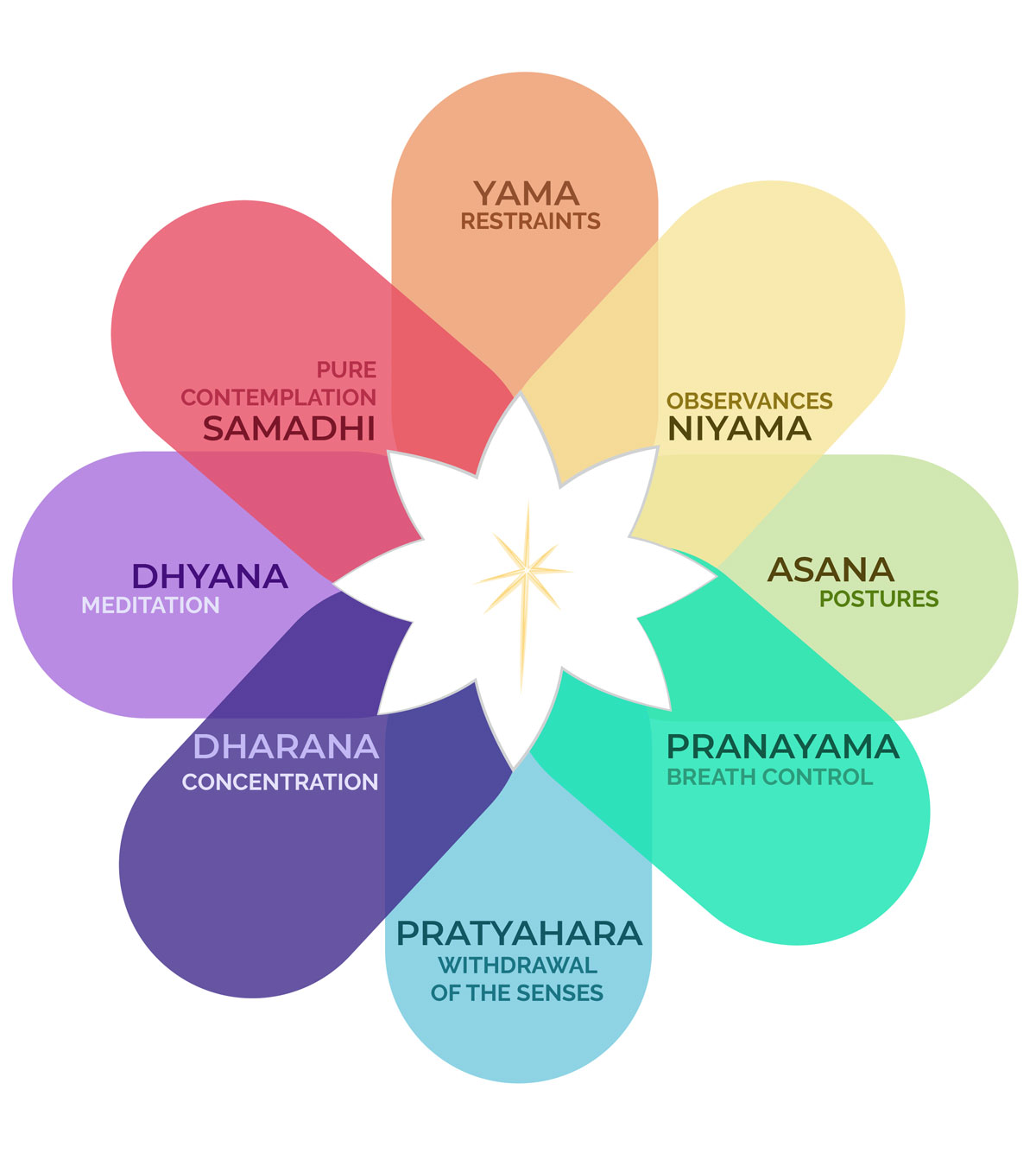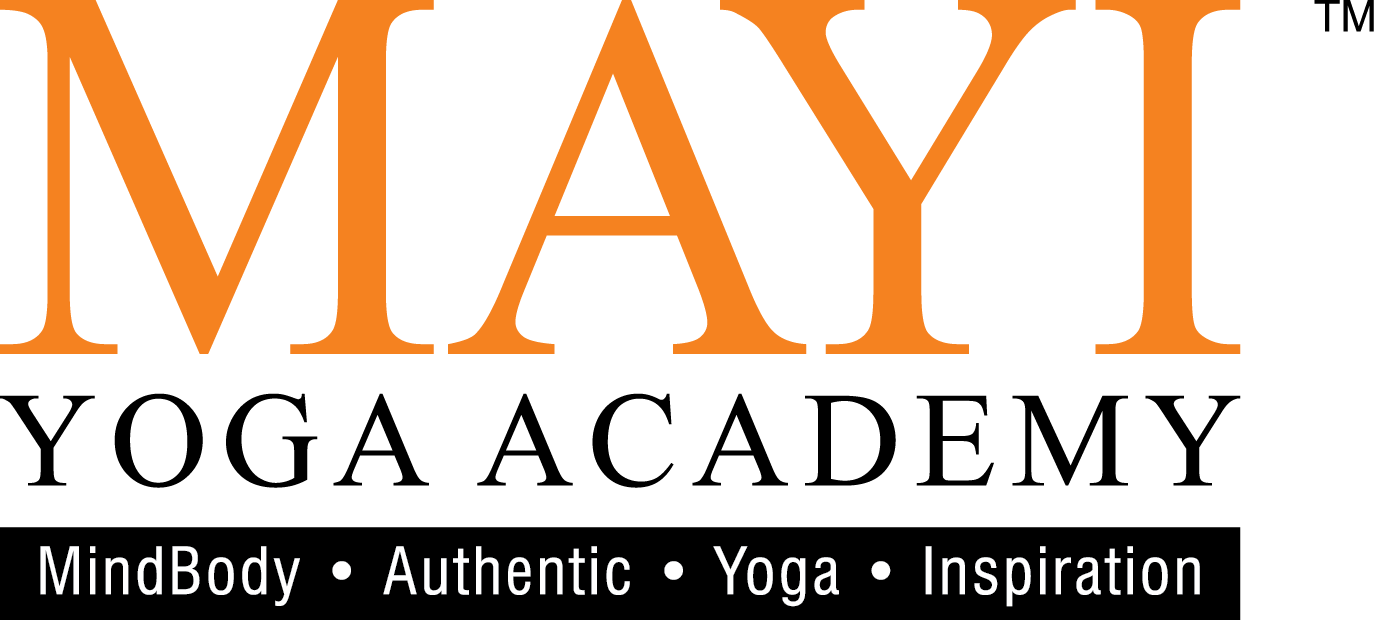The Journey to the Path of Enlightenment for the Young Minds
- February 10, 2018
- Posted by: admin
- Category: Super Yoga Kids Corner,

By Zu Anjalika Kamis Gunnulfsen
There are different paths and disciplines of yoga to help us realise our higher nature. Since the beginning of time, we have always looked for fast fixes and easy ways to journey on the spiritual paths — hoping for one without struggle; a path free of challenges that will bring us to the end quickly with no sacrifices or efforts.
What more in the current climate we live in, the young have all the information at their fingertips. Life seems to take them to different levels where access to many teachings is vastly possible, wherever they are in the world. However, these might cause lots of confusion and drama in their young minds. I call it the “unorganic teachings in the paths of enlightenment.”
Young people are so involved in reaching out and being educated via the World Wide Web for what’s in and what’s not that they forget the fundamentals of the path. A teacher should always be present for teachings as deep as this. Without one, it is so easy for teachings to be misunderstood or misrepresented.
3 fundamentals of the path enlightenment
Traditionally, these paths were written as a guide for much meaningful living. Having said that, let us look at the three fundamentals of the path of enlightenment.
My personal favourite is this first one: detachment from worldly things. This is certainly not an easy feat, especially for the young – detaching oneself from material possessions. After all, we live in a multimedia and fast-moving world where things are part of our social standings. Kids go to school with the latest sneakers, new models of mobile phones and the list goes on. So, how can we incorporate this “worldly-possession detachment” into our daily lives? Truthfully, we cannot give them up altogether, however we can minimise; seek to have only what is necessary, without the need to splurge financially and ethically.


Secondly, performing good deeds, which should come naturally to all of us. After all kindness begets kindness. Teach our children to do a little kindness every day; something that satisfies their soul and nourishes their being. Give a stray some water; help their exhausted parents after a whole day of work by making dinner or cleaning up afterwards. All these constitute good deeds. Simple as it may seem, these tiny bits of kindness each time do add meaning to your day.
It is our role as human beings to evolve and get better with time. Provide guidance so our children can get to know themselves better. What works and does not, within themselves; things that make them tick every single day. Know their likes and dislikes and definitely know their strengths and weaknesses. Be wise in their knowledge of self. This third component of the path is imperative for all human beings. Without getting to that level of knowledge of oneself, it is so easy to be strayed. Living life with no purpose or intention is so similar like being in a boat without oars; hardly any destination. Not good, especially for growing minds.

8 limbs of yoga
Moving forward, imagine combining the three elements we just covered with the eight limbs of yoga. Firstly, what are the eight limbs of yoga? In short, they are the eight aspects of yoga: Yama, Niyama, Asana, Pranayama, Pratyahara, Dharana, Dhyana and Samadhi.
Each aspect is indeed a guidance on how to live a meaningful and purposeful life. Let’s understand these eight components and explore it with our children. For a start, yama and niyama are compulsory qualities a person should adopt for spiritual development. It is said no other components are beneficial if not performed alongside yama and niyama. So, let us explore the all-important yama and niyama.
Well, yama is self-restraint; the control or continence of one’s actions. In this modern world, it is so easy to be swayed, hence yama will keep one in check. There are altogether five branches that constitute yama: Ahimsa (non-violence), Satya (truthfulness), Asteya (non-stealing), Brahmacharya (moderation of the senses) and Aparigraha (non-possesiveness). Niyama is observances and there are also 5 components: Saucha (purity or cleanliness), Santosha (contentment), Tapas (self-discipline), Svadhyaya (self-study) and Ishvara Pranidhana (surrender). With such a comprehensive list from yama and niyama, it’s no wonder they are an integral part of the eight limbs of yoga.

Moving along, the third component of the eight limbs is postures or practices, also known as asanas. In the yogic context, our body is a temple. Through the practice of asana, we develop a habit of concentration and discipline. Pranayama, or breathing practices, play an important part in our mental, physical and spiritual wellbeing.
Weaning away or disconnecting the mind from our ten sensory organs is also known as pratyahara. Let us look at these ten sensory organs; they are broken down into two branches: the active expressions consist of eliminating, reproducing, moving, grasping and speaking. And then come our five cognitive senses and they include smelling, tasting, seeing, touching and hearing. Imagine yourself disconnecting from these expressions and senses. Hard? Yes. Fulfilling and enlightening? Most definitely!
Concentration, or dharana, is the sixth component. So, what do we mean by concentration? It is a fixture of the mind on something which in turn helps us in concentrating better. Dharana is only possible if your mind is free from distractions. Oh my, I wish I would have known this sooner. Definitely, it would have been so helpful during my days as a student!
Meditation is known to be good for our spiritual and physical wellbeing; even more so when exposed at a tender age. This has even been proven from the scientific standpoint. It is known as dhyana.

The last component of the eight limbs is known as samadhi, which also means the state of superconciousness. In samadhi, the mind becomes still and in total awareness of the present moment; in a constant state of euphoria. I cannot think of anyone who does not want to be happy all the time.
With all these explanation of moving towards the path of enlightenment, we can all fully grasp the amazing benefits they have in our lives when practised diligently. Take full advantage of a young age. If started earlier, imagine all the goodness one will reap. This amazing journey is not going to be a walk in the park, but that walk will definitely bring you to, if not closer, to the path of enlightenment.
